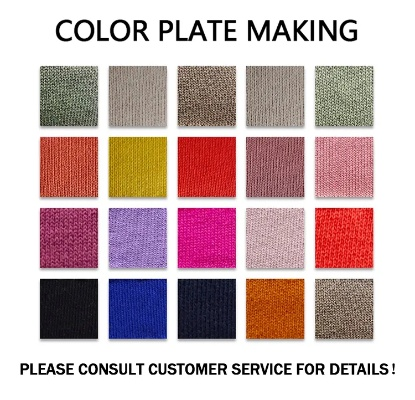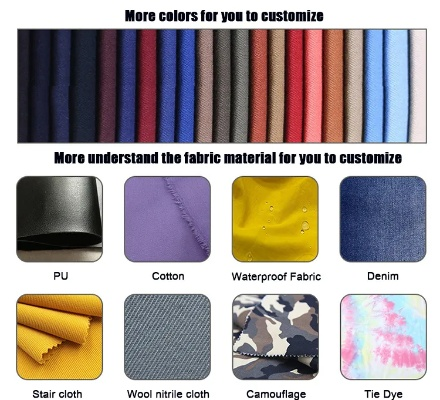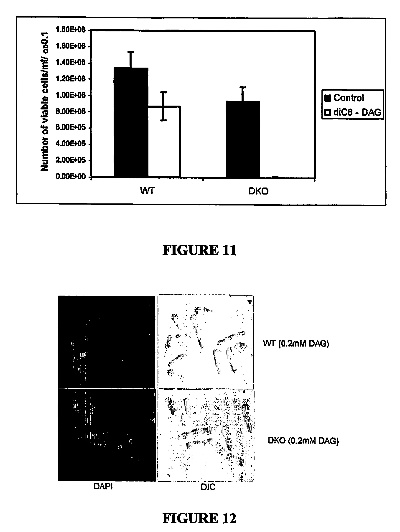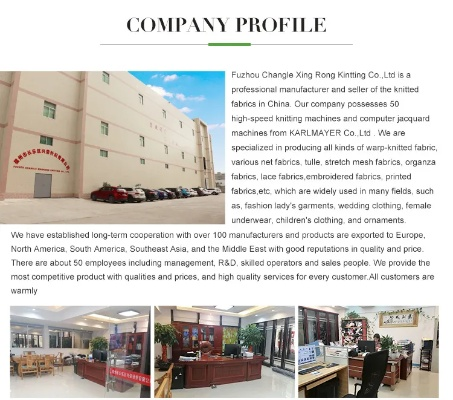The Standardization of Textile Color Discrepancies
: Standardization of Textile Color Discrepancies,Abstract:,This study aims to explore the standardization of textile color discrepancies, which are common issues in the textile industry. The research methodology involves a literature review and analysis of existing standards and regulations related to textile color management. The findings indicate that there is a need for standardization in order to ensure consistency and accuracy in color reproduction across different manufacturers and brands. This paper proposes a framework for standardizing textile color discrepancies, including guidelines for color measurement and comparison, as well as recommendations for improving color consistency in textile products. The proposed framework is designed to enhance product quality and customer satisfaction by ensuring uniformity in color across different products and brands.
Introduction: In the realm of textiles, color is often a critical element that determines the aesthetic appeal and functionality of garments. However, color differences between different batches or products can be significant, leading to confusion among consumers and potential legal issues for manufacturers. This discussion aims to explore the lack of standardization in textile color discrepancies and how it affects both businesses and consumers.
Standardization: Color standards are established by international organizations such as the International Organization for Standardization (ISO) to ensure consistency across different industries. For textiles, this includes the use of ISO 12641-1, which defines the requirements for measuring color difference using the CIEDE2000 system. These standards aim to provide a common language for describing color variations, making it easier for manufacturers to produce products that meet consumer expectations.
However, despite the existence of these standards, there remains a significant gap between what is expected and what is achieved in the textile industry. Many factors contribute to this discrepancy, including the complexity of color perception, the variability of materials used, and the limitations of technology in capturing and displaying colors accurately.

Case Study: One example of color discrepancies in textiles is the case of a popular brand, which experienced a series of complaints from customers about their clothing products. The brand's product line was known for its vibrant colors, but upon inspection, it became clear that some items displayed significantly different hues than those advertised online. Customers were left feeling dissatisfied, while the brand faced backlash from both consumers and regulatory bodies.
The investigation revealed several factors contributing to the color discrepancies. Firstly, the brand's manufacturing processes varied across different factories, resulting in slight differences in dye placement and application. Secondly, the use of natural fibers, such as cotton and wool, introduced additional variability in color due to their inherent properties. Finally, the lack of standardized testing protocols meant that the actual color of each item could not be accurately measured and compared against the advertised colors.
Conclusion: Despite the existence of ISO standards, the textile industry continues to struggle with color discrepancies. These discrepancies can have serious consequences for businesses, including loss of reputation and damage to customer trust. Consumers also suffer, as they may end up purchasing items that do not match their expectations, leading to dissatisfaction and potentially legal action.
To address these issues, it is essential for manufacturers to invest in advanced technology and processes that can accurately measure and replicate color variations. Additionally, businesses should work closely with regulatory bodies to establish stricter standards for color accuracy and transparency. By doing so, we can create a more reliable and satisfying textile industry that meets the needs of both consumers and manufacturers alike.
Hello, I'm wondering if there is a standard for纺织品色差. Let me break it down for you.
在纺织品领域,色差是一个常见的问题,虽然纺织品颜色和质量的差异可能因各种因素而有所不同,但并不意味着没有明确的标准,以下是一些相关的信息和案例分析。
纺织品色差概述
色差定义
纺织品色差通常指的是不同批次或不同生产条件下生产的纺织品在颜色、纹理和外观上的差异,这种差异可能是由于原材料、工艺、染料选择、环境因素等多种因素造成的。
没有绝对标准的原因
纺织品色差没有绝对的标尺,主要是因为纺织品制造是一个复杂的过程,涉及到多个因素,不同的纺织品可能因为原材料、工艺、染料选择、环境条件等因素而呈现出不同的颜色和纹理,对于纺织品色差的评估和标准制定是一个相对复杂的过程。
案例分析
不同品牌纺织品色差的差异
假设有多个品牌生产的纺织品,它们在颜色、纹理和外观上存在明显的差异,这些差异可能是由于原材料、工艺、染料选择等多种因素造成的,在这种情况下,不同的消费者可能会对纺织品色差有不同的看法和接受度。

纺织品染色过程中的色差控制
在某些情况下,纺织品染色过程中的色差可以通过有效的质量控制和标准化流程来控制,一些纺织品生产厂家采用先进的染色技术,通过严格控制染料选择、温度和时间等因素,可以有效地减少色差。
补充说明
为了更好地理解纺织品色差的问题,我们可以使用一个英文表格来进一步说明,以下是表格的一些关键信息:
纺织品色差影响因素
| 影响因素 | 描述 |
|---|---|
| 原材料 | 纺织材料的种类和质量 |
| 工艺 | 纺织品的加工工艺和流程 |
| 染料选择 | 使用的染料种类和质量 |
| 环境因素 | 生产环境、温度、湿度等 |
讨论与建议
对于纺织品色差的问题,我们可以从以下几个方面进行讨论和建议:
标准化制定的重要性
为了更好地控制纺织品色差,需要制定相应的标准化流程和标准,这包括对纺织品生产过程中的各个环节进行严格控制,确保每个环节都符合一定的标准和要求。
提高质量控制水平
为了减少纺织品色差的发生,需要提高纺织品的生产质量和质量控制水平,这包括采用先进的生产工艺和技术,严格控制染料选择和染色过程中的各种因素,确保每个纺织品都符合一定的标准和要求。
加强消费者教育
除了制定相应的标准和要求外,还需要加强消费者教育,消费者应该了解纺织品色差的原因和影响因素,了解不同品牌和批次纺织品的差异,从而更好地选择适合自己的纺织品。
纺织品色差是一个复杂的问题,需要从多个方面进行考虑和解决,通过制定相应的标准和要求、提高质量控制水平、加强消费者教育等措施,可以更好地控制纺织品色差的发生,提高纺织品的品质和性能。
Articles related to the knowledge points of this article:
How to Peel Textiles for Color
Transformative Apparel:The American Retro Look in Fashion
Traditional Chinese Home Textiles:A Journey Through the中式古典家用纺织品案例分析



